Community bonding
Some ICH, such as the Yu Lan Festival in Hong Kong, helps bring a community together.
Johnny Ngan, director of the Tai Kong Po, Pat Heung, Kam Tin Chiu Kiu Yue Lan Association, a non-profit charity organization, aims to preserve the festival, which is organized by the city's Chiu Chow community.
The festival was brought to Hong Kong more than a century year ago by members of this community who left their hometown in Guangdong's Chaozhou area to work mostly as coolies across the border.
Chiu Chow people traditionally hold the Yu Lan Festival in the seventh lunar month to comfort the spirits of those who have died. In 2011, the festival was inscribed onto the third national ICH list.
Ngan said the Chiu Chow community is losing this tradition, with only three such rituals held this year. In 1980s and '90s, about 80 of the rituals were held annually.
It costs at least HK$800,000 to hold the festival. Despite raising funds from neighbors, and attempting to obtain a government subsidy, Ngan and his colleagues had to reach into their own pockets.
There is also a shortage of festival performers in Hong Kong. With COVID-19 travel restrictions precluding the appearance of quality artists from the Chinese mainland, Ngan settled for senior local Chiu Chow Opera performers.
Last year's festival was staged from Aug 7 to 9. The only problem was that no seats were provided due to government objections to granting a licence. Despite the lack of seats, the event was attended by more than 1,000 people.
Ngan plans to continue staging the festival, as he believes it is important to bond with his community.
Value appreciated
After the ICH list was introduced, people learned to appreciate the value of culture and art — evidenced by the change in paper-crafting master Hui's clientele, which has grown in numbers and now includes younger customers.
For many years, Hui's regular customers were local traditional cultural organizations and funeral homes, as his work was mostly used for worshiping the dead, or for tomb-sweeping activities.
His clientele now includes young couples who want to decorate their homes with his lanterns and lampshades to provide touches of Chinese culture. Shopping centers also use his artworks to celebrate Chinese festivals.
Hui's work, which has brought him international acclaim online, has attracted rising numbers of buyers on social media from countries such as the U.S., South Korea, Japan, Malaysia and Singapore. For example, for Spring Festival this year, he has received 20 overseas orders for paper lion heads costing HK$8,000 to HK$70,000 each.
For Howard Wong, the Kampery Group general manager, culture is the story of a region. Coupled with good storytelling skills, it can be sold to anyone, anywhere.
"As hot dry noodles represent Wuhan, and Dan Dan noodles represent Sichuan, the biggest benefit of inscribing the craft of Hong Kong-style milk tea onto the ICH list is that it ties this drink firmly to Hong Kong, making it a symbol of the city," he said.
Siu, from the Intangible Cultural Heritage Office, said: "Traditional culture is a local characteristic with significant commercial potential, which could provide numerous opportunities for a region. For example, it can help develop related industries or bolster the tourism industry, thus boosting the local economy.
"The 14th Five-year Plan (2021-25) supports Hong Kong's position as an international hub for arts and cultural exchanges between China and the rest of the world, and the city has the dual advantage of importing culture and exporting it, providing the local cultural industry with more possibilities and opportunities."
The implications of culture vary among different people. For Ngan, it bonds his community, while for Howard Wong's family, it is about roots and inheritance.
For Hui, who is now an artist, culture embodies a passion for craftsmanship that has brought him not only fame, but also food to his table.








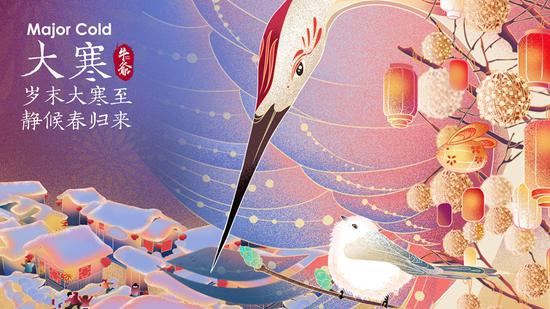
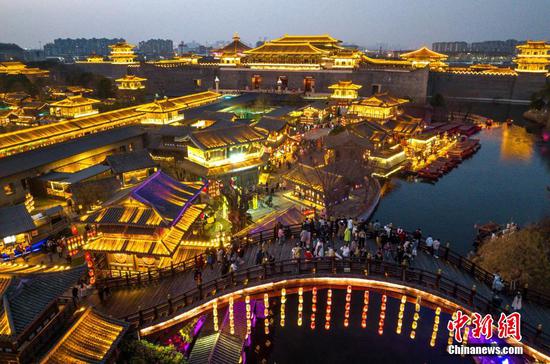
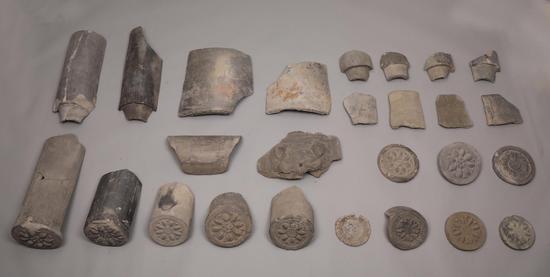
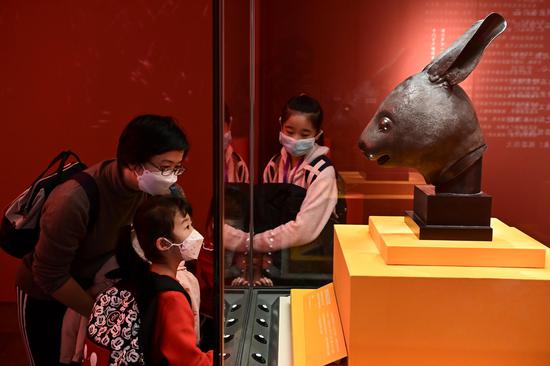
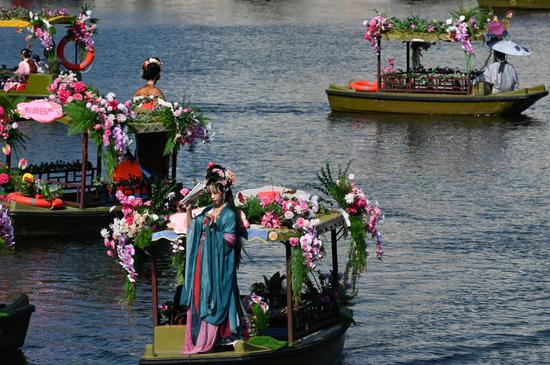
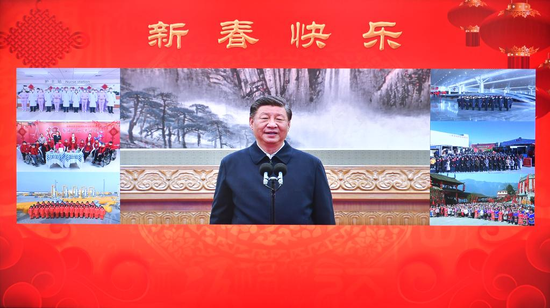

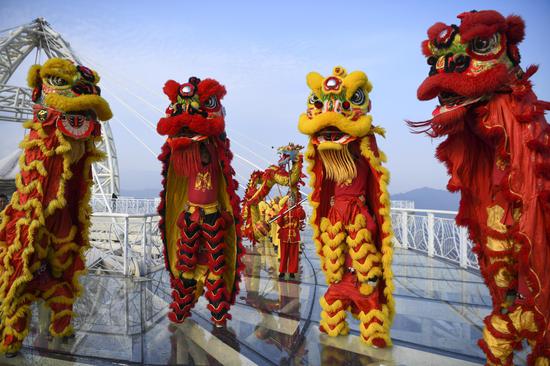
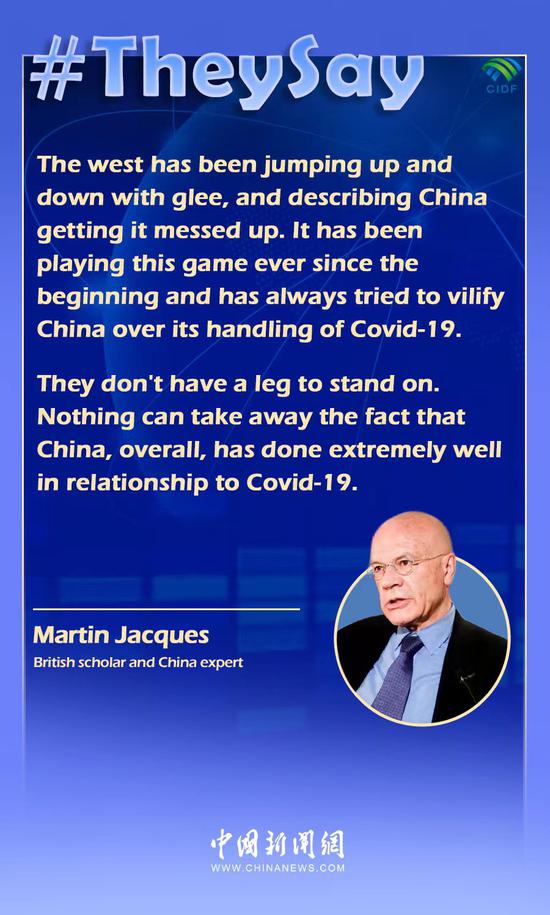


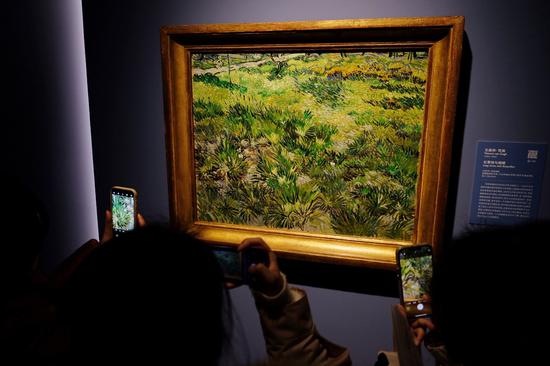

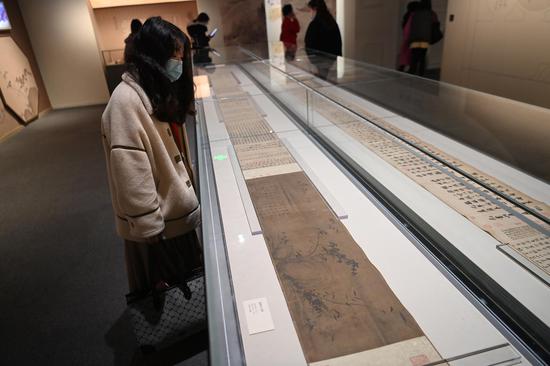








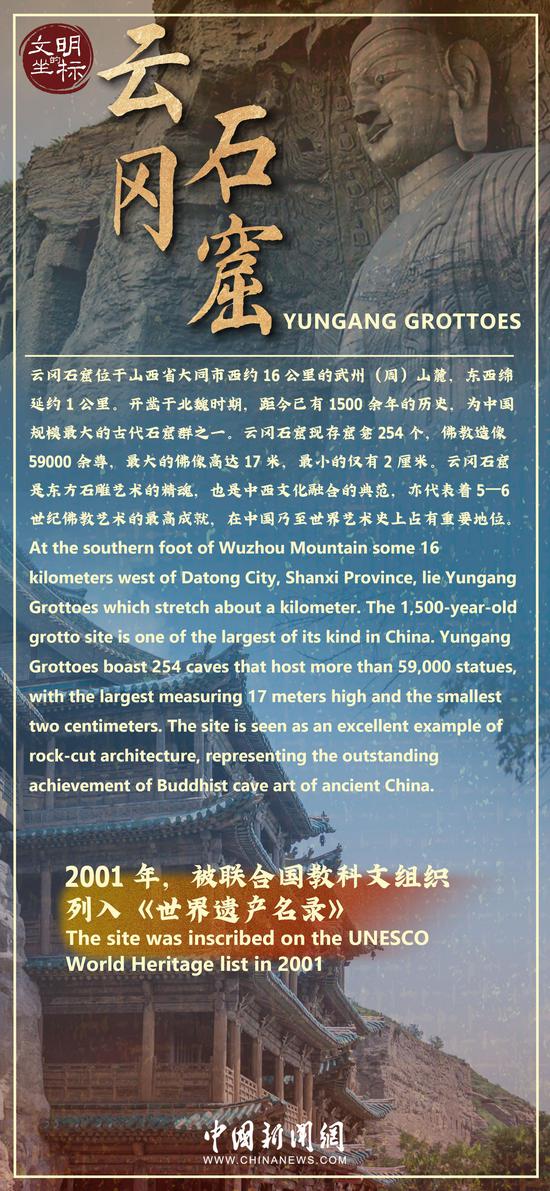
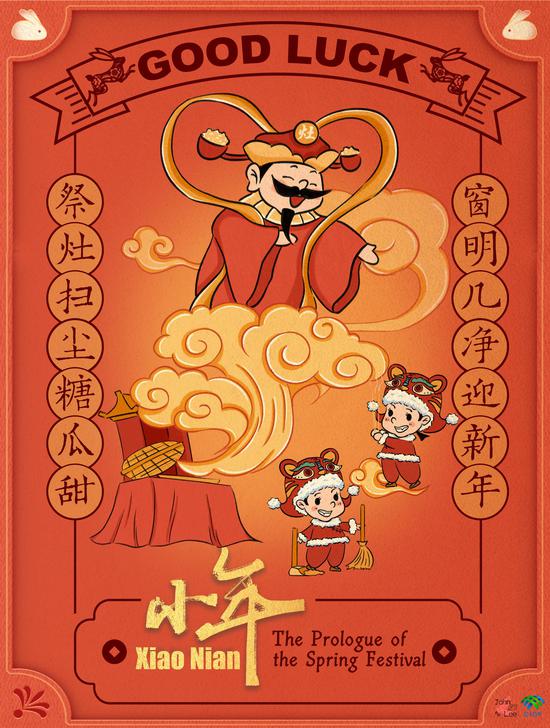





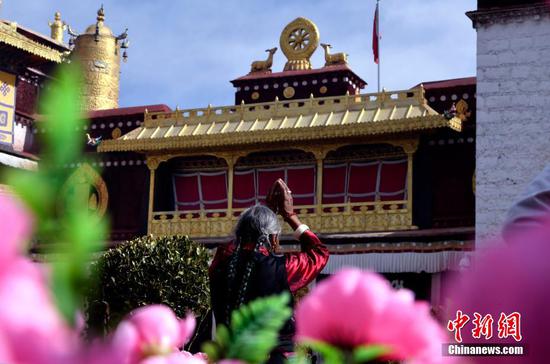


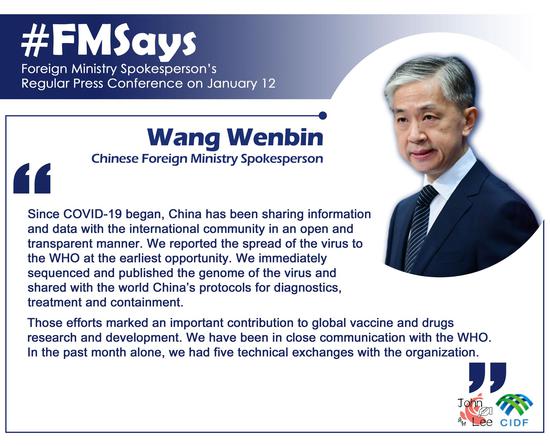
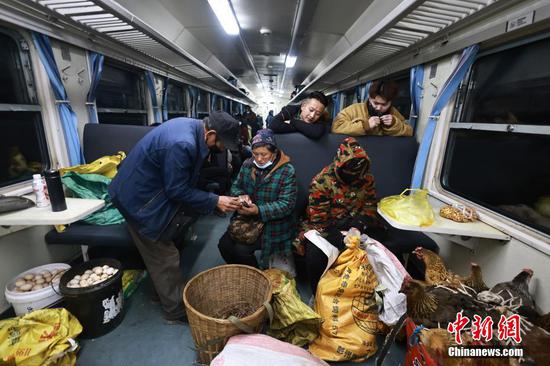
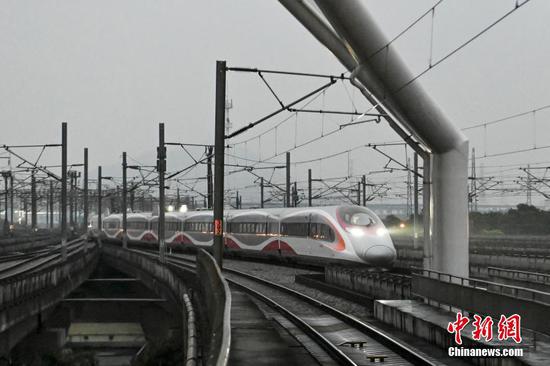

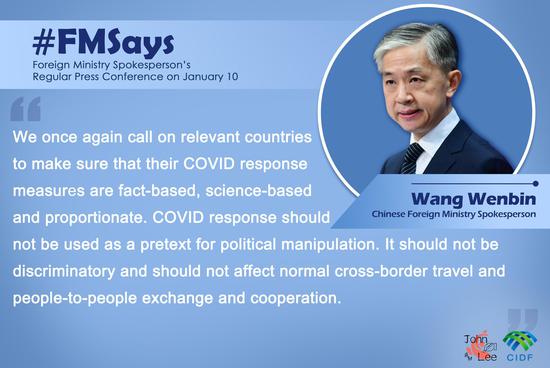

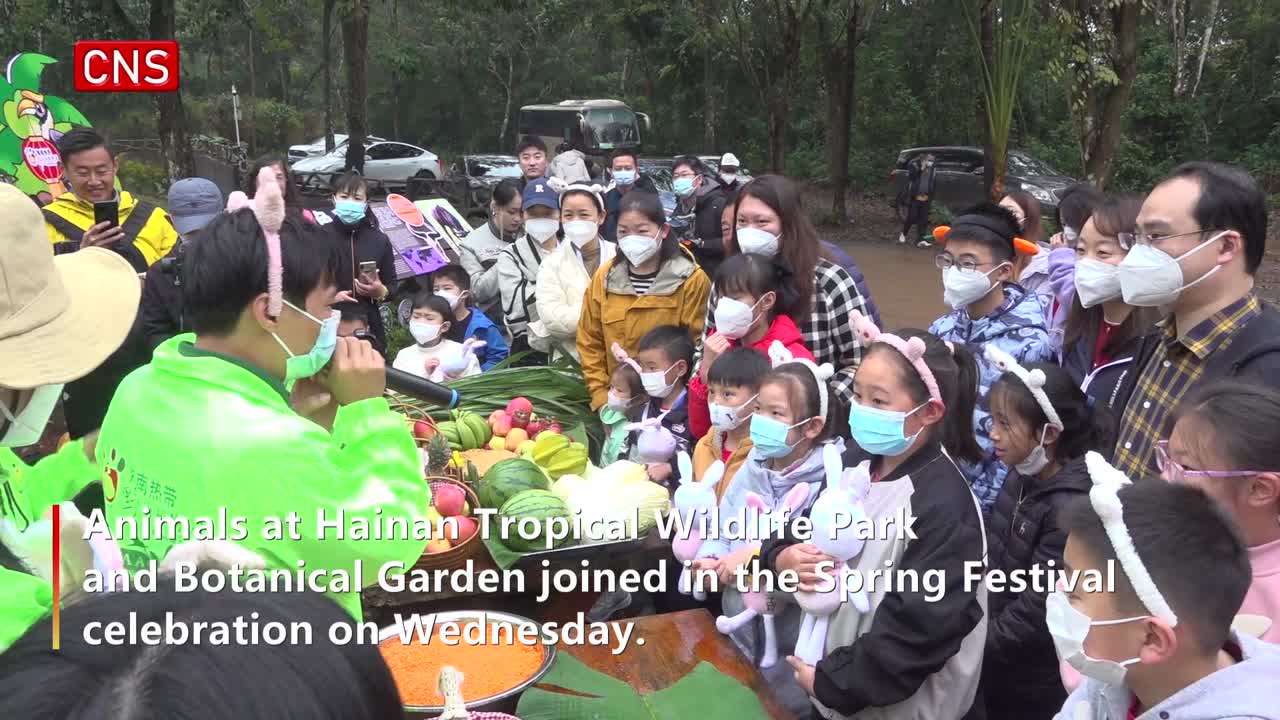

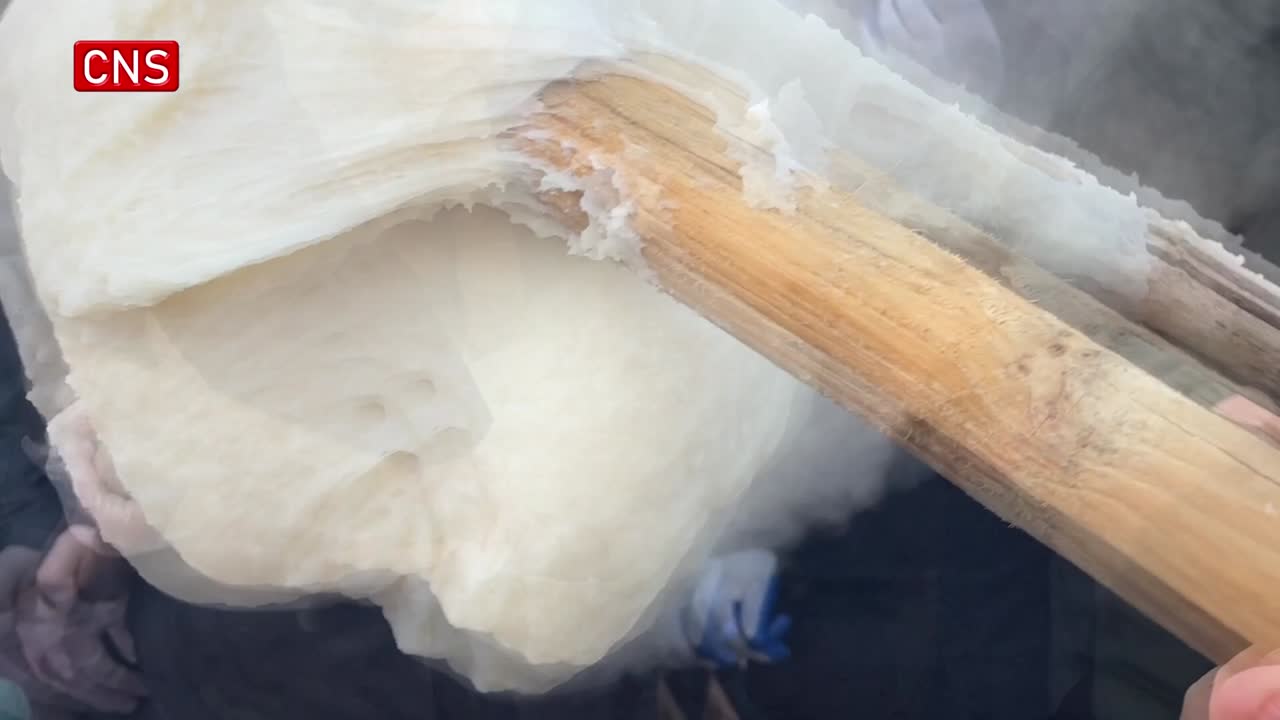

 京公网安备 11010202009201号
京公网安备 11010202009201号